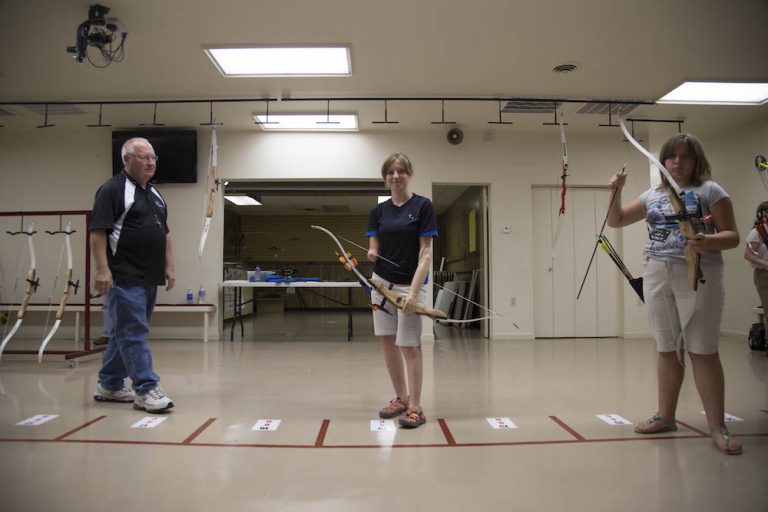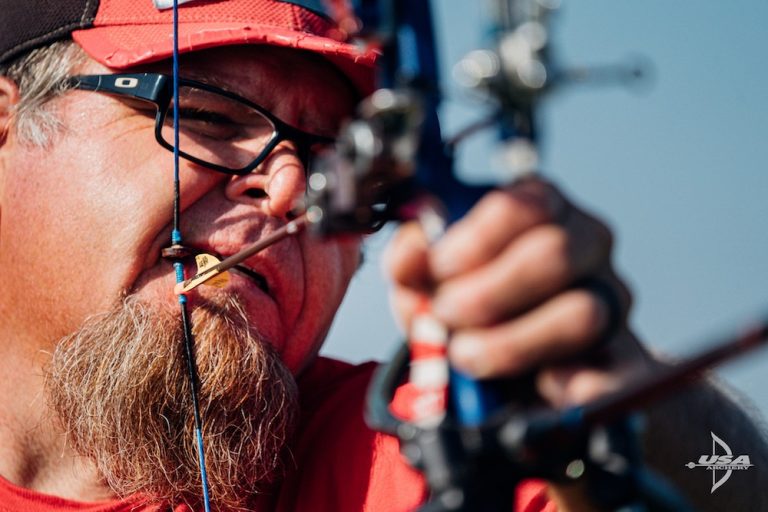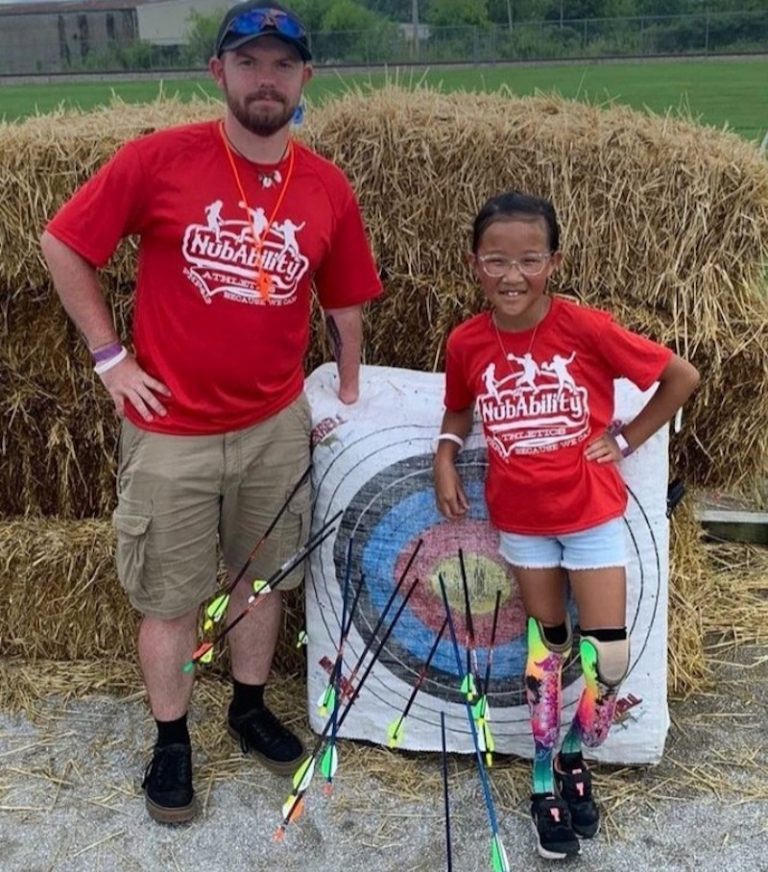Another simple change shops can make is to begin stocking mouth-tab releases. This requires little to no change to your retail space; simply designate some shelf space in the release section to these release styles. Some archers might not even realize these types of releases exist. If you provide the floor space for these products, you’ll show the archers who visit your shop that there are so many different products out there and they can be confident that there’s one out there for them.
Rogers also noted that some archers won’t need a mouth-tab release. They can use two wrist releases and offset them from each other instead to create a shoulder release. For most people, it will fit around the shoulder, sit there comfortably and allow them to draw the bow back. Shops could sell two of those releases as a set to help a limb-different person use the releases typically in stock.
- Make Sure the Ground Is Stable
For outdoor ranges, it’s important that the ground is stable enough for a wheelchair to pass over. “I understand with it being outdoors you can only do so much, but maybe leveling off the ground even a little bit for those lanes will go such a long way,” Rogers said.
Marisa Futral, hunter education coordinator with Alabama’s Division of Wildlife and Freshwater Fisheries, noted that outdoor ranges should provide an accessible covered shooting shelter as well as a good, clear, wheelchair-accessible path to at least one target. “It doesn’t have to be made out of concrete, but you need a solid surface, so it can be gravel or something that you can get a wheelchair on and that people aren’t going to stumble over,” Futral said. “I would suggest that outdoor ranges have a tightly packed gravel pathway or concrete pathway to get to the covered shooting shelter and also to get out to the targets to get their arrows.”
Rogers noted that the outdoor range he visits in Tennessee has done a great job of making sure its 3D course is accessible by clearing an entire path through the course that reasonably accommodates wheelchairs. The fact that they took the extra step to make that section of the course accessible is an amazing thing, he said, and other outdoor ranges should consider offering something like that, because it would have a major effect on someone who wants to get into bowhunting but doesn’t know how to navigate it from a wheelchair. It would give them a way to try it out on the course.
Rogers coaches congenital and traumatic amputee youth athletes through NubAbility and explained that these children are so eager and excited to get into archery and bowhunting. “When they get into shooting the 3D target and they get a ‘kill shot’ on the target, watching them just explode with enthusiasm, for me as not only an archery coach but as a hunter, it fills me with more joy than I can even express in words,” Rogers said. “It allows me to take the thing that I love and pass it on to these kids who, if they hadn’t come across the program, would have never gotten the opportunity to experience that.”




